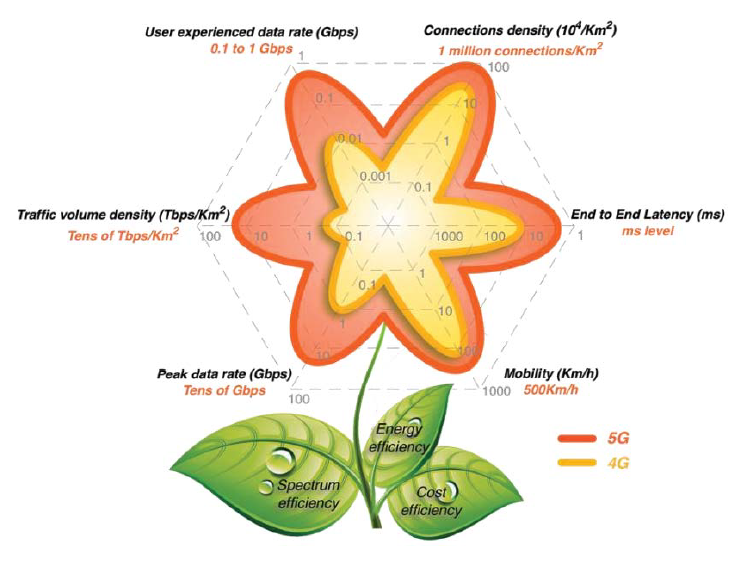A Survey on MIMO Transmission With Finite Input Signals: Technical Challenges, Advances, and Future Trends


The explosive growth in the use of smart mobile devices such as smartphones and wireless modems has led to an exponentially increasing demand for wireless data services. This demand has led to substantial efforts for improving the spectral efficiency and data throughput of wireless communication systems. In particular, multiple-input–multiple-output (MIMO) technologies are particularly promising in providing gains in multiplexing and/or diversity. It is a proven fact that by increasing the number of antennas at base stations and mobile terminals, communication systems can achieve better performance in terms of both system capacity and link reliability. MIMO technology has thus been adopted by a number of prominent wireless communication standards across the world. Most advances in the design of high-speed wireless MIMO systems have however been based on information-theoretic principles that demonstrate how to efficiently transmit signals conforming to Gaussian distribution. Although the Gaussian signal is capacity achieving, practical systems transmit signals belonging to finite and discrete constellations. Therefore, capacity-achieving transceiver processing based on a Gaussian input signal can be quite suboptimal for practical MIMO systems with discrete constellation input signals. To address this shortcoming, this paper aims to provide a comprehensive overview of MIMO transmission design with finite input signals.
The paper published in PROCEEDINGS OF THE IEEE in Oct. 2018 first summarizes the existing fundamental results for MIMO systems with finite input signals. Next, focusing on basic point-to-point MIMO systems, it examines transmission schemes based on the three most important criteria for communication systems: mutual-information-driven designs, mean-square-error-driven designs, and diversity-driven designs. In particular, a unified framework is developed for the design of lowcomplexity transmission schemes applicable to massive MIMO systems in forthcoming fifthgeneration (5G) wireless networks for the first time. Adaptive transmission designs that switch among these criteria based on channel conditions to formulate the best transmission strategy are also proposed. The paper includes an overview of transmission designs with finite input signals for multiuser MIMO scenarios, including MIMO uplink transmission, MIMO downlink transmission, MIMO interference channel, and MIMO wiretap channel. Additionally, transmission designs with finite input signals are discussed for other multiantenna systems. The paper concludes with a discussion of a number of unsolved technical challenges and future trends in transmission design with finite input signals.

